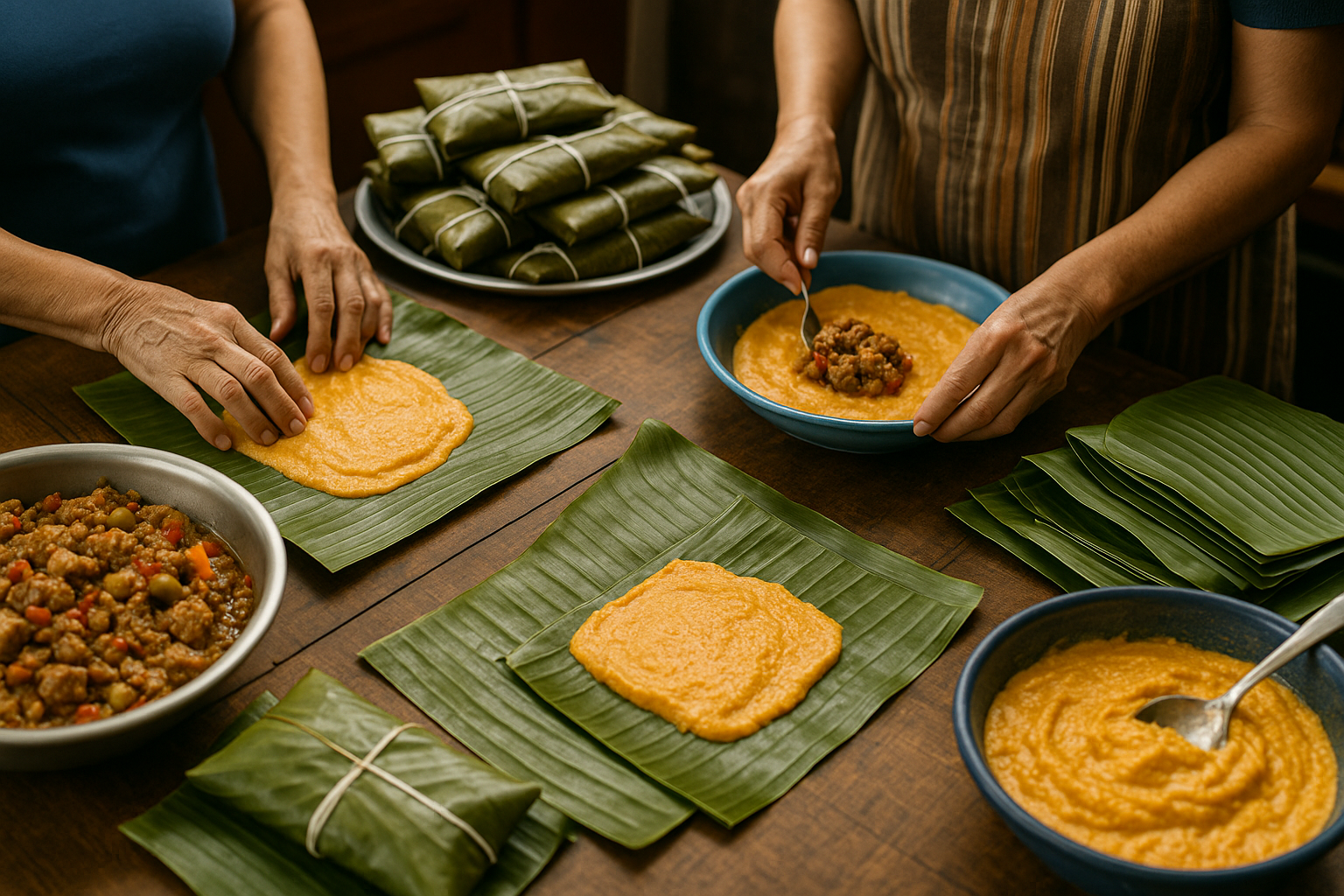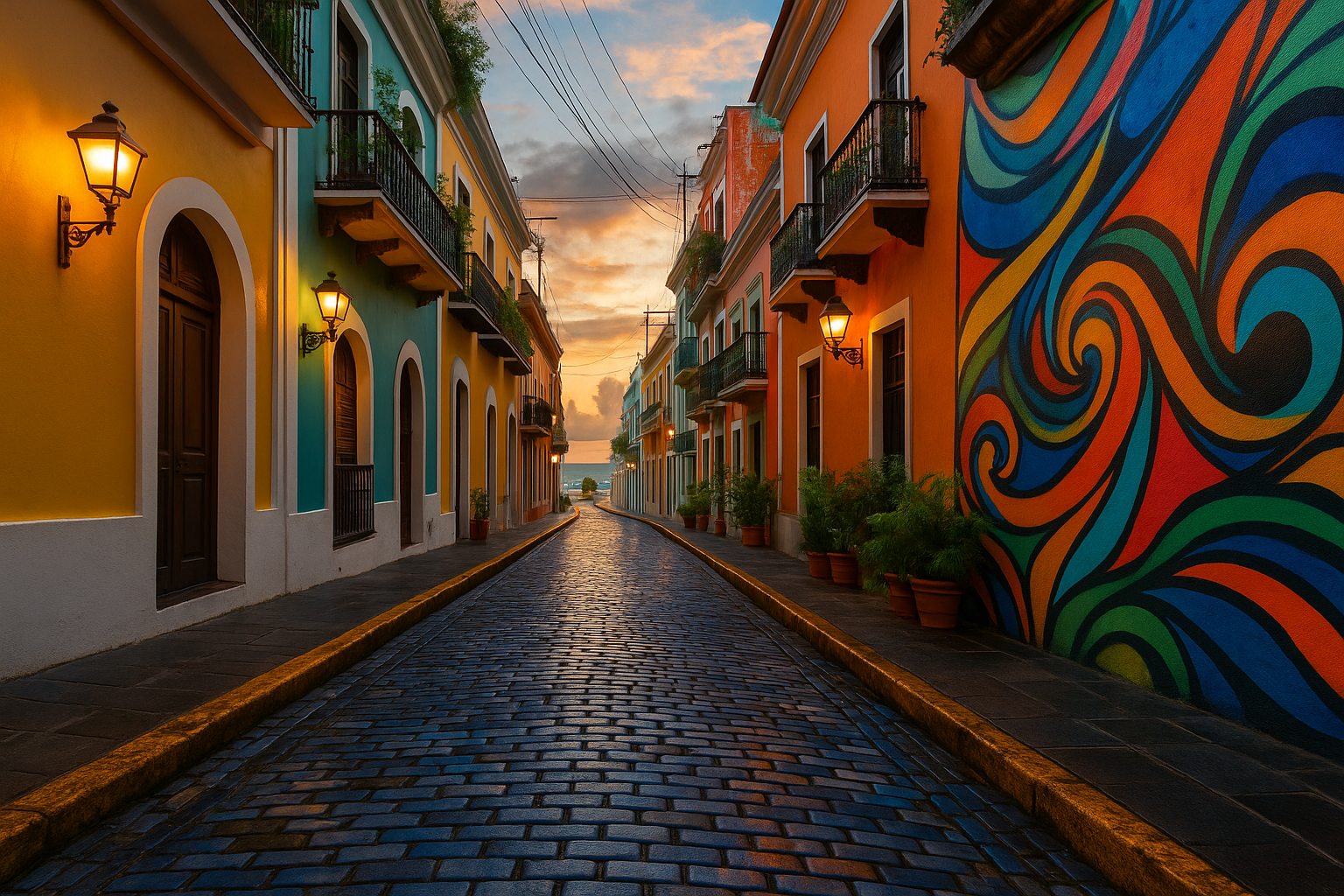There are foods that satisfy the stomach and those that satisfy the spirit. In Puerto Rico, few foods carry as much emotion, memory, and cultural pride as the beloved pastel. From the moment the green bananas are peeled to the second the string is tied around its leaf-wrapped bundle, making pasteles becomes a ritual — one that unites generations, communities, and even neighborhoods.

If you’ve ever wondered why pasteles hold such a special place in Puerto Rican life, this guide takes you into the heart of the tradition, showing how a single dish can embody identity, history, and the island’s culinary artistry.
What Are Pasteles? Understanding Puerto Rico’s Iconic Tradition
To understand pasteles, you must understand the Puerto Rican experience. The dish traces its roots back over 400 years, born from the cultural fusion of Taíno agriculture, African resilience, and Spanish culinary influence. What began as a necessity on plantations and in humble kitchens has become one of the island’s defining holiday flavors.
Today, pasteles represent more than food — they symbolize family, cultural pride, and the endurance of ancestral traditions that continue to thrive in modern Puerto Rico.
The Ingredients That Define a Pastel: Masa, Filling, and Leaf
The Masa: A Blend of Puerto Rico’s Rooted Flavors
The pastel’s masa is what makes it truly unique. Made from grated green bananas, plantains, yautía, and other root vegetables, the masa creates a flavor profile that’s earthy, comforting, and unmistakably Puerto Rican.
This blend reflects the island’s agricultural heritage and connects each pastel to local farms, markets, and community kitchens that thrive throughout the year.
The Filling: Traditional Pork and New Creative Versions
Inside each pastel is a seasoned mixture traditionally made with pork, sofrito, olives, raisins, and garbanzos. Today, locals also experiment with chicken, vegan fillings, seafood, and even gourmet versions that appear in modern restaurants.
And yet, whether traditional or contemporary, every version carries the same essence — flavor that reflects the island’s diversity.
The Plantain Leaf: Flavor Wrapped in Tradition
Pasteles are always wrapped in a plantain leaf. When boiled, the leaf infuses the masa with an aroma that instantly sparks holiday memories.
The leaf is more than practical; it’s symbolic. It links the dish to the land and to ancestral cooking methods that remain alive in Puerto Rican homes.
Making Pasteles: A Family Tradition Passed Through Generations
The Famous Pasteles Assembly Line
Making pasteles is rarely done alone in Puerto Rico. It’s a family event — the “pasteles factory” — where everyone plays a role.
One person grates the bananas, another mixes the masa, someone else seasons the filling, and another wraps the leaves. The process becomes a moment of storytelling, laughter, and reconnecting with loved ones.
A Holiday Ritual That Builds Community
This tradition often peaks in December, but many families prepare pasteles year-round. The ritual of gathering at the table strengthens community bonds, and in many neighborhoods, families exchange pasteles as gifts or offerings during special occasions.
It’s a cultural ritual that goes far beyond cooking — it is a way of preserving Puerto Rican identity.
Cooking Pasteles: From Boiling Pot to Perfect Bite
Pasteles are boiled for about an hour, allowing the flavors to meld inside the plantain leaf. When unwrapped, steam rises and reveals a tender, savory masterpiece.
Typically served with arroz con gandules and pernil, pasteles complete the traditional Puerto Rican holiday plate — a combination that locals and visitors seek out as a symbol of the island’s culinary pride.
Where Pasteles Live Beyond the Holidays
While December marks peak pastel season, you can find delicious versions at:
- local markets
- roadside kiosks
- weekend food fairs
- cultural festivals
- restaurants specializing in traditional Puerto Rican cuisine
These locations — many of which also appear in broader Local Attraction listings — keep pasteles accessible year-round while supporting small businesses and artisans who preserve Puerto Rican culinary heritage.
Modern Pasteles: Tradition Meets Innovation
Today, chefs and home cooks across Puerto Rico continue to innovate. Vegan pasteles, low-sodium versions, and pastelón-inspired dishes have become popular at modern eateries.
This creativity ensures that pasteles remain relevant to new generations while maintaining their core tradition — a balance that defines Puerto Rican cooking.
Why Pasteles Are a Cultural Treasure
Pasteles are more than ingredients wrapped in a leaf. They are symbols of:
- family unity
- cultural preservation
- culinary artistry
- ancestral connection
Each pastel carries a story — a recipe passed down, an afternoon spent cooking with grandparents, or a shared tradition that strengthens Puerto Rican identity in every bite.
Pasteles in Puerto Rico’s Growing Food Tourism Scene
As culinary tourism grows, travelers increasingly seek “authentic Puerto Rican food experiences.”
Pasteles play a major role in this movement, appearing in workshops, food tours, and events across the island. Their preparation offers visitors a hands-on way to understand Puerto Rican culture — and empowers small businesses and artisans who keep the craft alive.
FAQs About Pasteles
Are pasteles similar to tamales?
They may look similar, but the ingredients, flavors, and cultural significance are entirely different.
Can pasteles be frozen?
Yes, a lot of families freeze big quantities to enjoy all year long.
What are pasteles made of?
A masa of green bananas, plantains, and root vegetables, filled with seasoned meat or alternative fillings.
Are they spicy?
Traditional pasteles are savory, not spicy.
Conclusion: Pasteles Are Puerto Rico’s Flavor of Memory, Heritage, and Heart
From preparing the masa to tying the final string, making pasteles is an act of love anchored in Puerto Rican heritage. These bundles of tradition continue to connect families, inspire chefs, and welcome visitors into the island’s cultural soul.
If you’re ready to explore more of the island’s flavors and traditions, EnMiPatioPR is your trusted puerto rico tourism website, helping you discover cultural treasures, culinary experiences, and local attractions that keep Puerto Rican identity thriving year-round.



